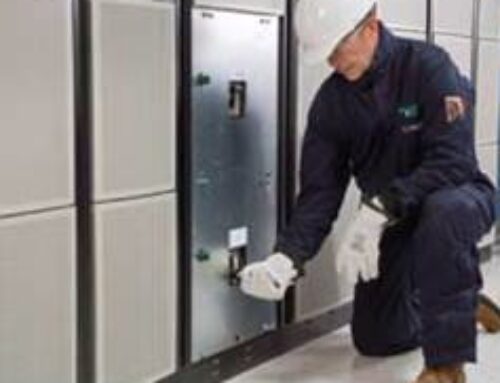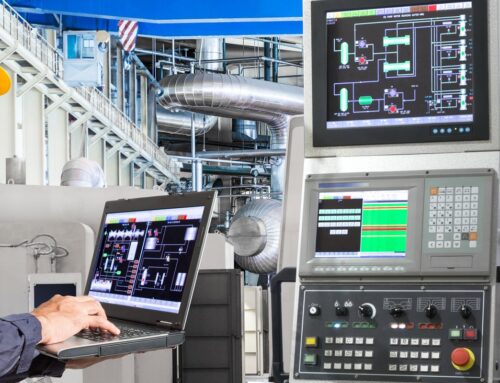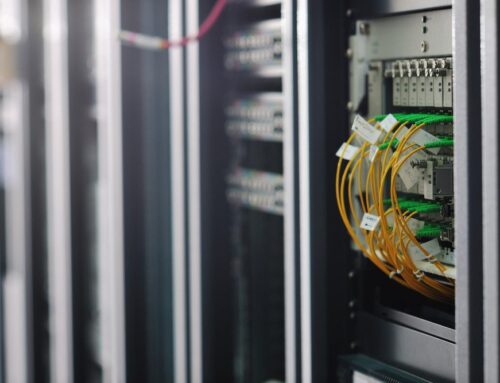According to Energy.gov, there are around 3 million data centers in the U.S. That is 1 data center per 100 U.S. residents. But where are all of these data centers? Until recently, a majority of large-scale cloud and Edge computing data centers have been found in rural parts of America. This will no longer be the norm, however, as more people utilize the cloud. This uptick in usage requires data centers to be closer to end-users, meaning they will now be operating in the suburbs of cities such as Phoenix, Dallas, Atlanta, and more.
Why the Suburbs?
Latency is what sparked this change. Network latency is the time needed for data to move from one place to another. Low latency is desirable, as it means that there is minimal delay between a user’s action and an application’s response to that action. It is especially important due to the growing usage of IoT devices such as smart security systems, self-driving cars, wireless speakers, and more. Data centers are being built closer to end-users in order to minimize latency.
Rural server farms are not cutting it anymore. While it was cost-effective in the past to use space in remote areas, the time it takes for data to travel to users has become too problematic. Having data centers in a corporate HQ has also not proved to be a long-term solution for many. Companies can still operate in a cost-effective manner by housing data servers near, but not directly in, larger cities.
To Build or to Buy?
Those who have made the decision to relocate to the suburbs then face another decision: should they buy or rent a facility to store their data servers or should they build one from the ground up? Large organizations such as Microsoft and Google have, in the past, kept data in smaller volumes near larger cities. Because of this, they have chosen to rent space from pre-existing data centers, as opposed to building their own. This is changing as Edge data centers are being built in more suburban areas. Companies are finding that requiring bigger space has made it more economically advantageous to build a space that is suited for their specific needs and can support the number of servers that they require.
To learn more about this shift in location, or any of the other services that we offer such as data center energy management and data center power distribution, reach out to the staff at LDP Associates.






